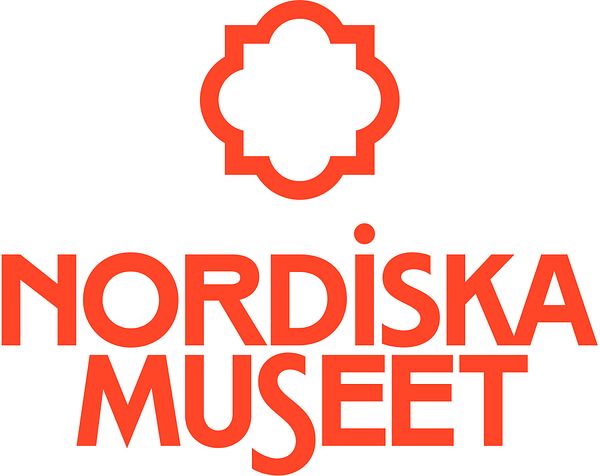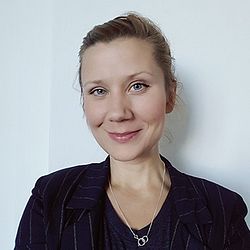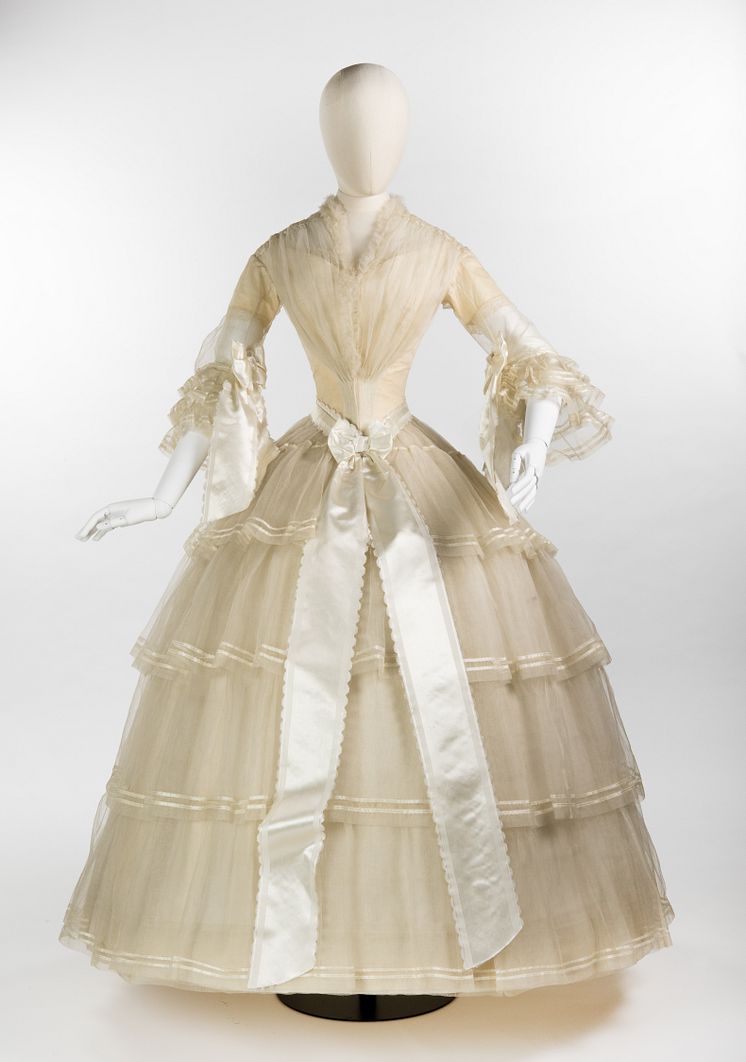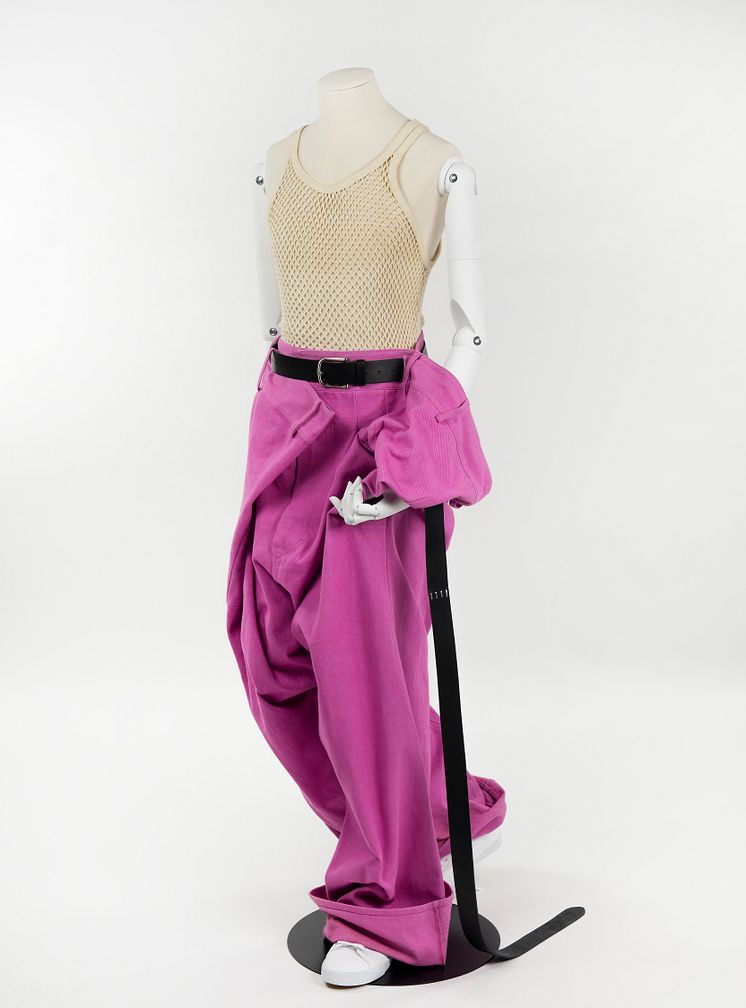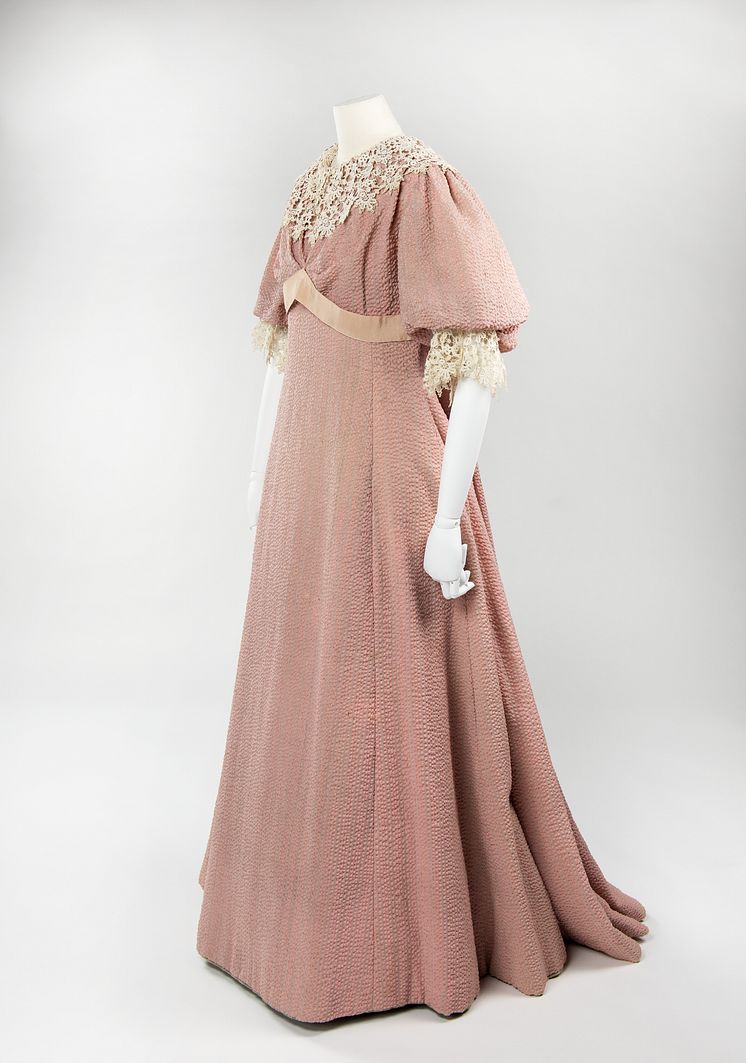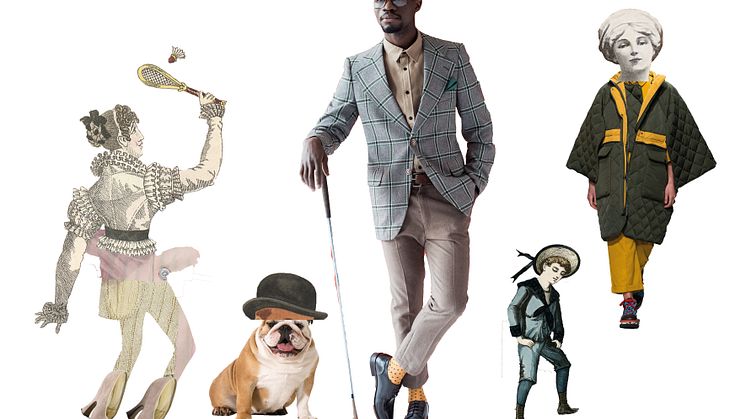Pressmeddelande -
A new fashion exhibition shows Nordic British
In its new fashion exhibition, Nordiska museet in Stockholm shows how Nordic fashion, clothes styles and lifestyle are influenced by Britain’s creative industry. The narrative runs from the Middle Ages to the present day, illustrated through fabrics, patterns, clothes and phenomena that have been shaped into a part of everyday life in Scandinavia. British: Ever So Nordic opens on 29 March.
Cardigan, jumper and trench coat. Tartans and Doc Martens boots. Flowery wallpaper, pyjamas and a cup of tea. Football, tennis and a stroll in the woods wearing wellingtons. These are such commonplace elements of our everyday life that we may not reflect on where they come from. With Brexit around the corner, Nordiska museet in Stockholm shows how centuries of trade relations with Britain have affected Nordic fashions and lifestyle. There are numerous points of contact between Sweden and Britain, and in many ways there is a shared outlook.
“Nordic design has been influenced through history by styles from Japan to France, Germany and the USA. The British cultural influence is highly noticeable in our daily life and it has spread through all classes in society. Many people are likely to have a cardigan, jumper, rain coat or pyjamas at home,” says Helen Persson, curator of the exhibition and head of Nordiska museet’s Centre for Dress and Fashion.
The exhibition British: Ever So Nordic shows imported luxury embroidery and woollen fabrics that are several hundred years old. It includes materials and patterns, British leisure and sports wear, the gentleman’s suit, subcultures and everyday garments that we have incorporated in the Nordic lifestyle.
It also reflects how people and designers in Scandinavia interpret “British” and translate it into “Nordic”. For example, how style influencers like Josef Frank and Karin and Carl Larsson were inspired by the Arts and Crafts movement, and how woollens, Harris tweed and Liberty fabrics have been imported and used, both past and present, whether in folk garments or fashion design.
Some key objects and highlights of the exhibition:
- Blouse of paisley-patterned Liberty fabric from Morris Stockholm/Liberty & Co., London 2018. Both historically and today, British fabrics have been used in Nordic fashion design.
- Dellen kilt by Mikael Öst from 2015. Tailored in Scottish wool with tartan inspired by Hälsingland folk dress. The pattern is included in the Scottish Register of Tartans.
- Wedding dress in white silk from 1854. Worn by Svea Beata Myhrman (1816–1910). It became increasingly popular to get married in white after Queen Victoria’s wedding in 1840.
- Golf suit in wool from Ströms Herrekipering 1932. Golf trousers in the style of plus fours, to give the correct overhang below the knees.
- Reform dress in wool, 1890s, by the Norwegian Kristine Dahl, advocate of a dress reform for women, inspired by the new aesthetic fashion in Britain without corset or bustle.
- String vest and trousers by Per Götesson from 2017, London-tailored Swedish design combining Scandinavia functionalism and British punk.
The exhibition is based on Nordiska museet’s collection of dress and fashion, together with a few loans. The oldest object in the exhibition is from the 1340s and the youngest from 2018. Most of the garments from the museum’s collection are accompanied by a story about the person who wore them.
British: Ever So Nordic opens at the Nordic Museum on 29 March 2019 and is expected to run for at least one year.
*
For more information
Helen Persson
Curator, Head of Centre for Dress and Fashion, Nordiska museet
46-8-519 546 23, helen.persson@nordiskamuseet.se
Leif Wallin
Curator, Nordiska museet
46-8-519 545 25, leif.wallin@nordiskamuseet.se
Sofia Hiller
Press Manager, Nordiska museet
46-8-519 545 18 sofia.hiller@nordiskamuseet.se
FACTS
Nordiska museet
Nordiska museet is Sweden’s largest museum of cultural history and lifestyle. The exhibitions show the life and people of the Nordic region from 1523 to present day. The collection contains clothes and fashion, textiles and jewellery, homes and furniture, photography, toys, folk art, glass and porcelain. There is also an exhibition about the only indigenous people in Sweden, the Sami.
Fashion at Nordiska museet
Since it opened, Nordiska museet has had Nordic dress and fashion history as its core. The very first acquisition was a woollen skirt. Today one third of the museum’s 1.5 million objects consists of clothes, textiles, shoes and accessories. The collection is the biggest in Scandinavia, extending over five centuries, and it is unique since both everyday items and high fashions are represented and there is a personal narrative connected with most of the objects.
The Centre for Dress and Fashion works to highlight the dress collection and its personal narratives, under the leadership of the dress historian Helen Persson, head of Nordiska museet’s Department of Knowledge and Intermediation. Helen Persson has long experience in the field, gained at places like the Victoria and Albert Museum in London and the Metropolitan Museum of Art in New York.
Relaterade länkar
Ämnen
Kategorier
Nordiska museet berättar om hur människor i Norden bott, ätit, klätt sig och firat sina traditioner från 1500-talet och framåt. Utställningarna visar heminredning, mode och smycken, glas, porslin och annat som människor omger sig med till vardags och till fest. Byggnaden på Djurgården är en upplevelse i sig. Nordiska museet äger och driver också Tyresö slott, Julita gård, sommarnöjet Svindersvik och Härkeberga kaplansgård.
